Reportar esta entrada
Más sobre la misma comunidad-colección
FERNANDO VILLELA, AIT, FT ORD, CA 1968
FERNANDO VILLELA, ADVANCE INDIVIDUAL TRAINING (AIT) INFANTRY, ...
FERNANDO VILLELA - FIRST CHRISTMAS IN VIETNAM BUNKER
FERNANDO VILLELA - FIRST CHRISTMAS 1968 DECEMBER IN VIETNAM ...
GLORIA VILLELA MUNIZ, 1SG, US ARMY RETIRED
I ATTENDED THE FIRST SERGEANT COURSE IN U.S.A.S.MA. , FT ...
1SG ACADEMY COURSE - USASMA - FT BLISS, TX
1SG ACADEMY COURSE - USASMA - FT BLISS, TX CLASS OF 4-02 WE ...
"FORCE PROTECTION" CAMP HUMPHREYS, KOREA - US ARMY 2001-2003
"FORCE PROTECTION" CAMP HUMPHREYS, KOREA - US ARMY 2001-2003 ...
SFC MUNIZ, GLORIA VILLLELA - CHIEF OF STAFF SUPPLY EXCELLENCE
SFC MUNIZ, GLORIA VILLLELA - 1999 CHIEF OF STAFF SUPPLY ...
NANDO AND ROSA VILLELA - El Paso, Texas
NANDO AND ROSA VILLELA HAPPILY MARRIED SINCE JULY 1967. THEY ...
FERNANDO AND ROSA BLANCARTE VILLELA CASAMIENTO IN 1966
THEY GOT MARRIED IN THE SACRED HEART CHURCH, DOWNTOWN, EL PASO, ...
MI MAMA & SUS HIJOS Y HIJAS - EL DIA DE LAS MADRES 13 MAY 2012
MY MOM & SONS AND DAUGHTERS MOTHER'S DAY 13 MAY 2012 OUR ...
1SG RETIRED, US ARMY, GLORIA VILLELA MUNIZ
6 NOVEMBER 2010- BANDERA, TEXAS - GRAND MARSHALLS OF THE 2010 - ...
USA, 1SG, RTD, GLORIA V. MUNIZ - GRAND MARSHALL BANDERA, 2010
US ARMY, 1SG, RETIRED, GLORIA VILLELA MUNIZ - GRAND MARSHALL ...
2010 BANDERA GRAND MARSHALL - 1SG (RETIRED) MUNIZ, GLORIA V.
2010 BANDERA HONORS GRAND MARSHALL - US ARMY, 1SG (RETIRED) ...
MUNIZ, GLORIA VILLELA, 1SG ACADEMY COURSE - MY CLASS
MUNIZ, GLORIA VILLELA, 1SG ACADEMY COURSE - USASMA - FT BLISS, ...
FERNANDO VILLELA - VIETNAM 1969- KIEN HOA PROVINCE SIGN
FERNANDO VILLELA - VIETNAM 1969 -KIEN HOA PROVINCE SIGN ...
FERNANDO VILLELA - VIETNAM 1969 - MOD PLATOON
FERNANDO VILLELA - VIETNAM 1969 - MOD PLATOON C-3, 47TH - RED ...
FERNANDO VILLELA - VIETNAM 1969- AMMO LADY
FERNANDO VILLELA - VIETNAM 1969 VIETNAM DONG TAM - MAY - JUNE ...

















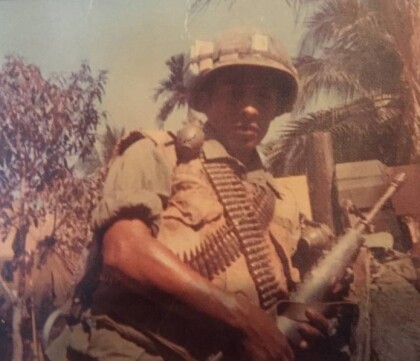
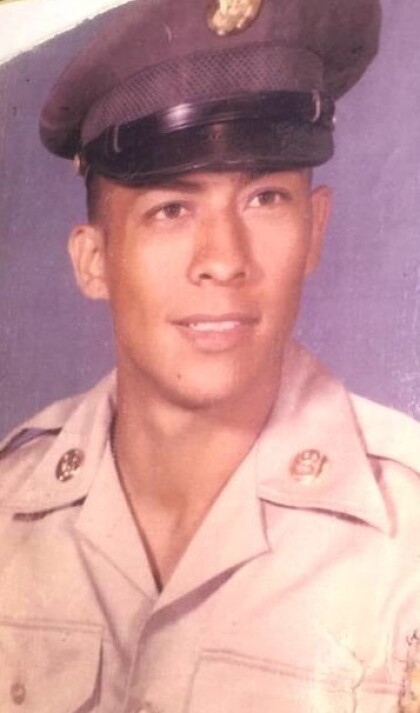
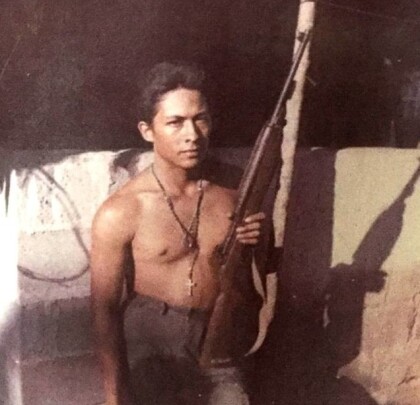
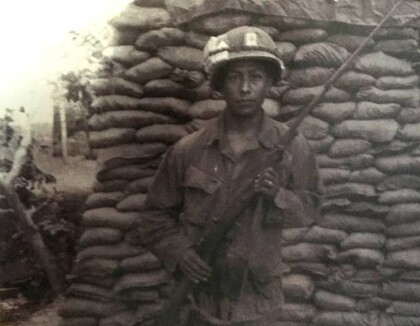
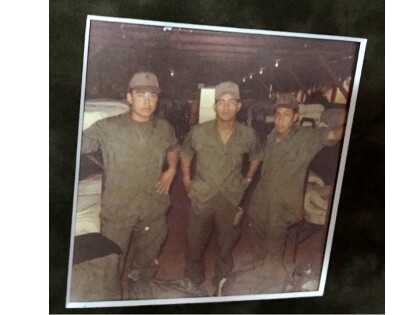
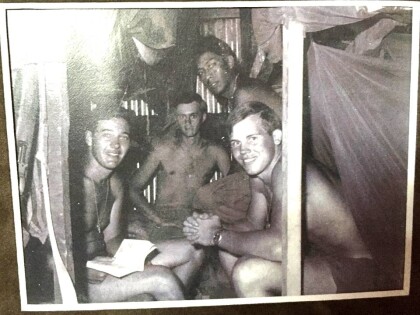
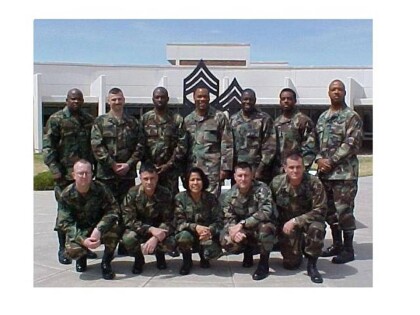
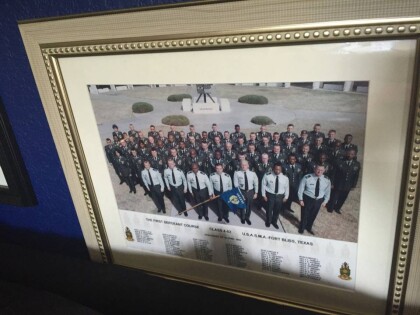
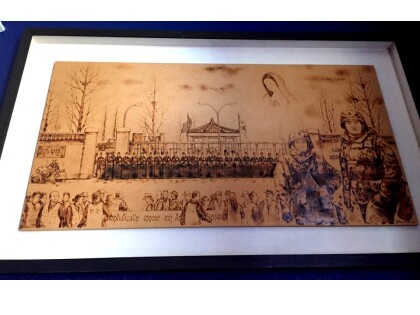
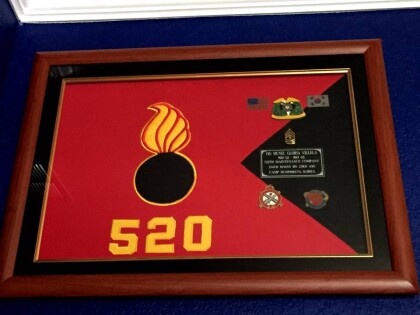
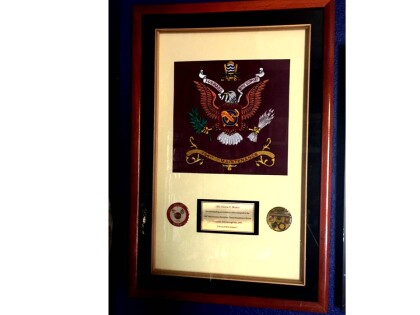
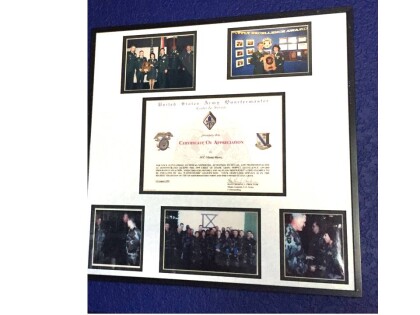
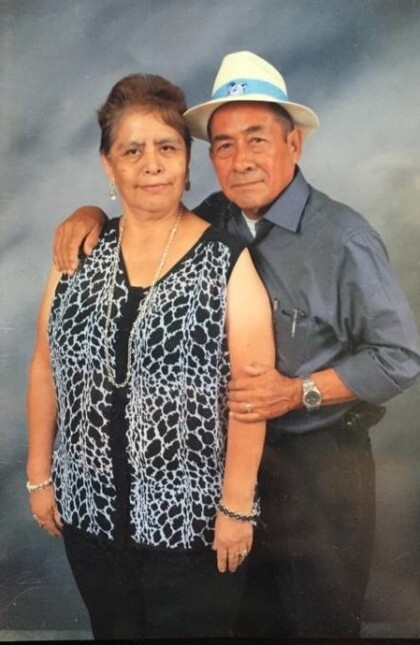
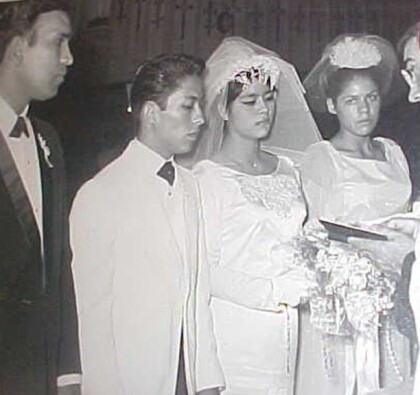
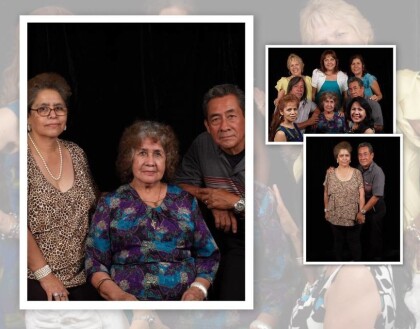
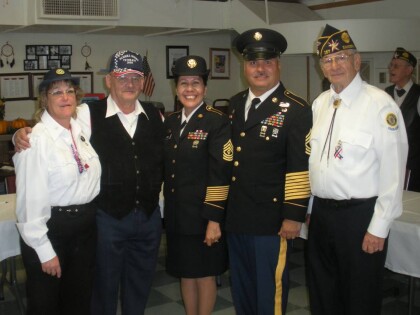
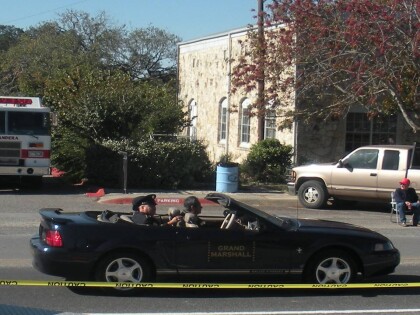
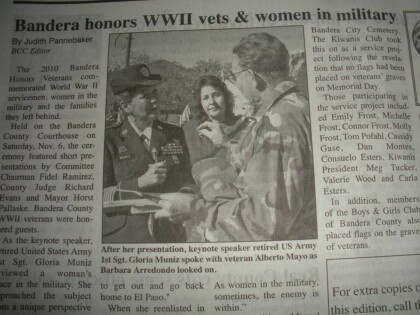
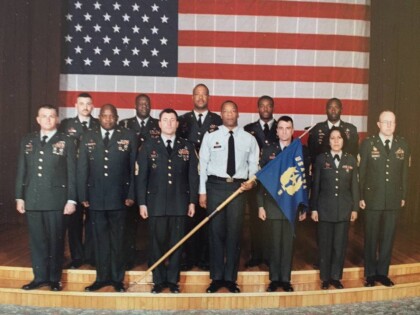
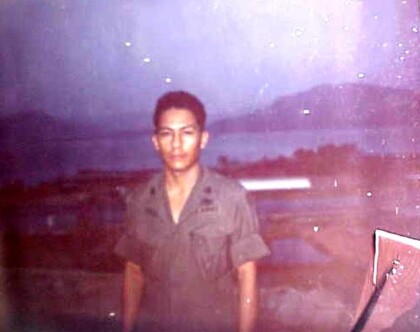
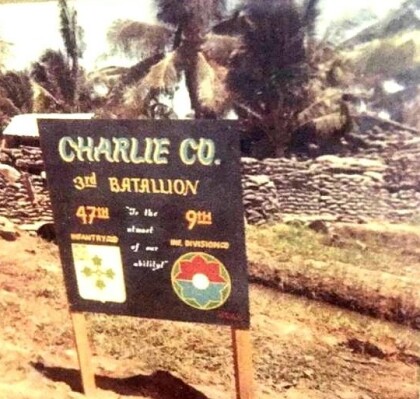
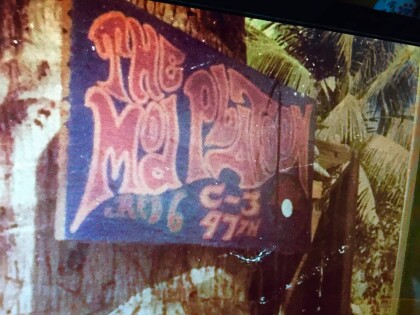
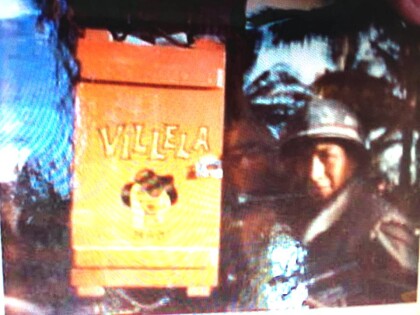
Comentarios
Hacer un comentario